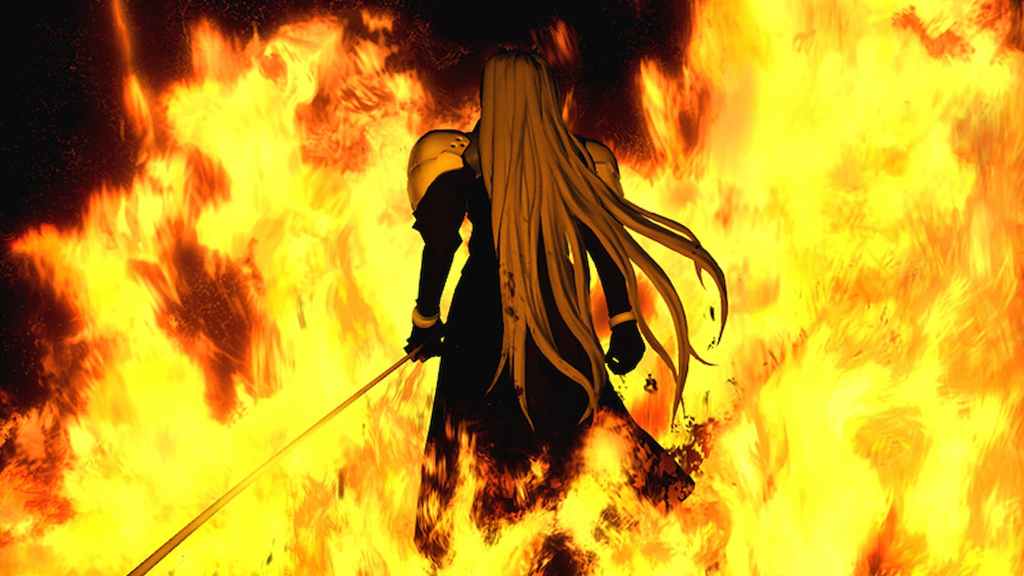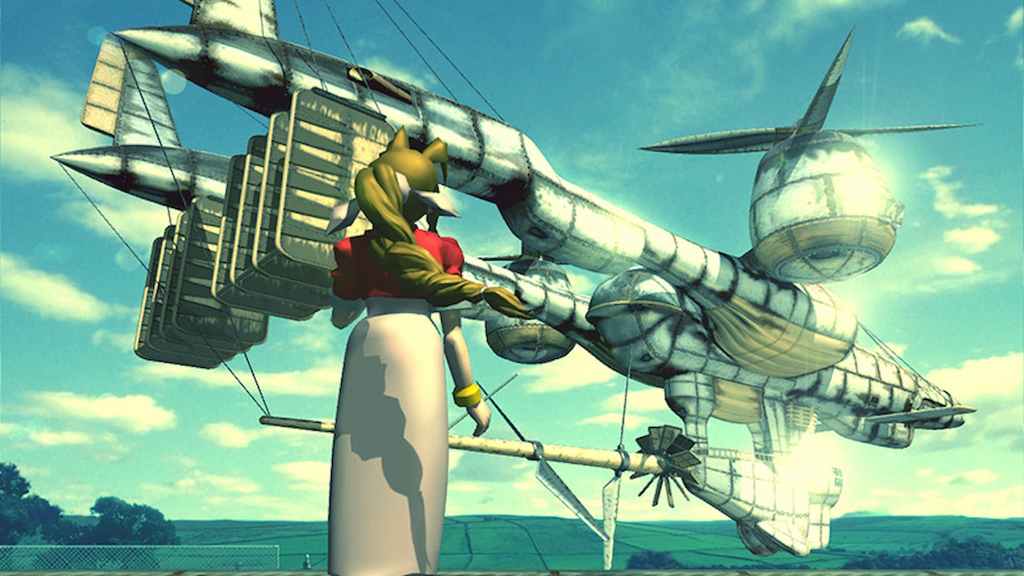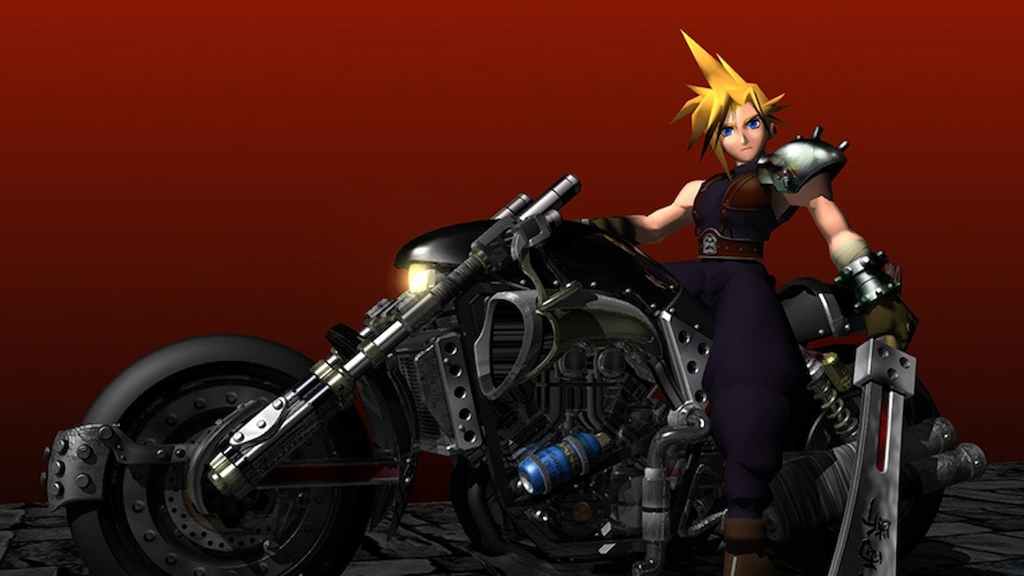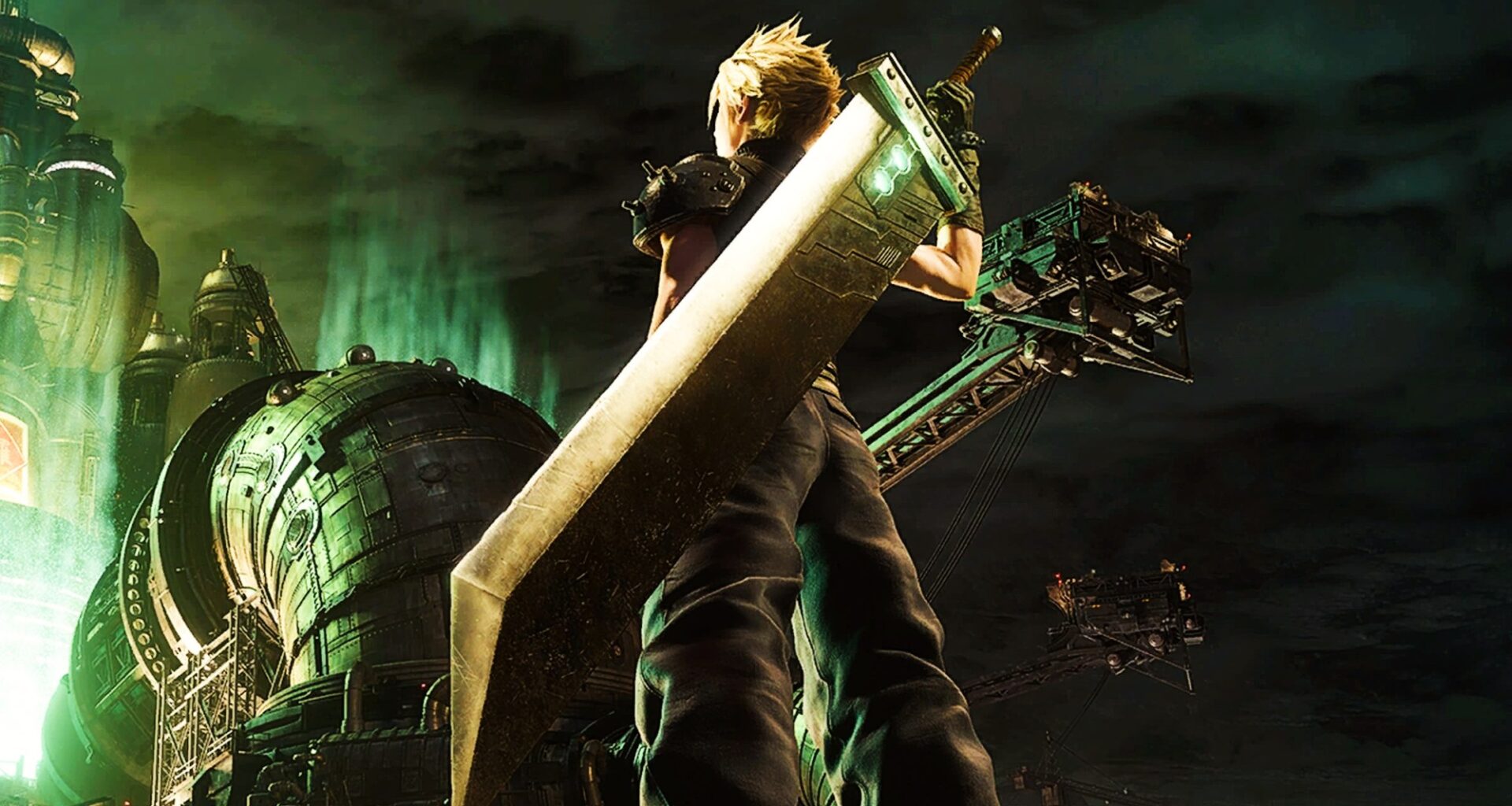The mid-1990s were a transformative period for video games. The first PlayStation console launched in 1994 and created new opportunities for developers thanks to its new tools. Japanese RPGs, in particular, saw an incredible game launch on this platform during these years: Final Fantasy VII. JRPGs had already seen popular titles like Dragon Quest and Final Fantasy VI, and these certainly had passionate fanbases. But despite this success, the genre remained niche in the West compared to others like sports and shooter games. However, this changed when Final Fantasy VII laid the groundwork for all other games that would come after it, and finally opened JRPGs up to a broader audience.
On September 7, 1997, Final Fantasy VII released in North America (after previously being released in Japan) and combined an ensemble cast, mature themes, and a sprawling story with underlying subplots still being debated to this day. Square Enix created a landmark moment when it released the title worldwide. Its launch shifted JRPGs from a niche genre to a mainstream one, and the studio capitalized on the PS1’s hardware to release a title that would become iconic and change gaming forever.
Final Fantasy VII is Considered One of the Best Games of All Time
 image courtesy of square enix.
image courtesy of square enix.
From the opening moments, Final Fantasy VII proved to be a cinematic narrative. Players were thrust into the gritty cyberpunk setting, taking on the role of ex-Soldier member Cloud Strife. What begins as a simple mission in Midgar soon unfolds into a narrative with political strife, environmental themes, conflicting ethics, and, of course, one of the most iconic villains of all time: Sephiroth.
It wasn’t just Cloud and Sephiroth that made Final Fantasy VII what it was, and still is — the entire cast is memorable. Aerith, Tifa, Vincent Valentine, and the other members have backstories that feel real and evoke powerful emotions from fans. Its gameplay was some of the best seen in the Final Fantasy series, taking the turn-based tactics and strategy to new heights. Players didn’t just watch the story unfold; they lived it, guiding Cloud and his unforgettable allies through an unforgettable tale with engaging and varied gameplay.
Final Fantasy VII pushed the PlayStation to its limits. 3D character models, pre-rendered backgrounds, an epic soundtrack, and ambitious cutscenes made it feel not just like a video game, but a movie. Its complex narrative mixed personal struggles with epic stakes, creating tense individual moments and maintaining a wider battle to save the planet itself. Square Enix’s innovation, artistry, and emotional depth captivated players and critics alike, making Final Fantasy VII one of the best games of all time.
How Final Fantasy VII Changed JRPGs Around the World
 image courtesy of square enix.
image courtesy of square enix.
Few have achieved Final Fantasy VII‘s legendary history, and nearly three decades later, it’s still going strong. JRPG sales at this time were typically modest compared to other genres, partly due to localization. However, Square Enix made a huge gamble on this by investing in a large marketing campaign atypical for the time. The developer really went all out, going beyond localization with TV commercials, magazine spreads, and high-quality trailers, ultimately leading to the title’s success: marketing has always been a huge part of entertainment, but the extent to which Square Enix went made them pioneers for mainstream consumers.
Within weeks of its release in September 1997, Final Fantasy VII sold millions of copies worldwide, with sales in the United States completely overtaking earlier games in the series. Final Fantasy VII was a global phenomenon and directly led to other Japanese developers bringing their games West. Xenogears, Suikoden II, and Chrono Cross owe some of their success to Cloud and Sephiroth’s reception. Players who may never have considered picking these games up did so because of how much of an impact this game had — and still has.
Final Fantasy VII’s Legacy Today
 image courtesy of square enix.
image courtesy of square enix.
The impact of Final Fantasy VII isn’t in the past. Many of its design philosophies can be seen today through cinematic cutscenes, complex narratives, and character-driven storytelling, all of which have become prevalent across the gaming industry, particularly this genre. The fact is, so many developers cite this game as an influence. Genres outside of JRPGs and even filmmakers owe some of their inspiration to Final Fantasy VII.
Cloud Strike and Sephiroth have become gaming icons. Both have appeared in crossovers, including Kingdom Hearts and Super Smash Bros. Ultimate. Aerith and Tifa share a similar fate, funnily enough being many gamers’ first crushes, including the famed actor Robert Pattinson. The emotional beats of the story surrounding Cloud, Aerith, and Sephiroth remain touchstones in conversations today because they were uniquely developed and presented, and therefore were captivating to consumers, in a time when the industry was still learning to prove gaming’s value beyond being a child’s distraction.
Square Enix has leaned heavily into Final Fantasy VII’s success. Final Fantasy VII Remake and Final Fantasy VII Rebirth not only retell this legendary narrative but also modernize and give fans a new way to play it. Even before this, the developer worked on spin-offs. Final Fantasy VII: Dirge of Cerberus, Final Fantasy VII: Crisis Core, and Final Fantasy VII: Advent Children have all proven to be hits among fans and expand upon the original game’s world.
Few series, let alone a single game, have received the love and renown that Final Fantasy VII has. 28 years ago today, gaming was changed, and the JRPG genre owes its identity to this one remarkable release. Without its impact, the genre would not be as popular as it is, or at the very least, the path to its success would have been slower. Final Fantasy VII proved that video games were more than just mindless fun, but something that could captivate hearts and minds for generations.

